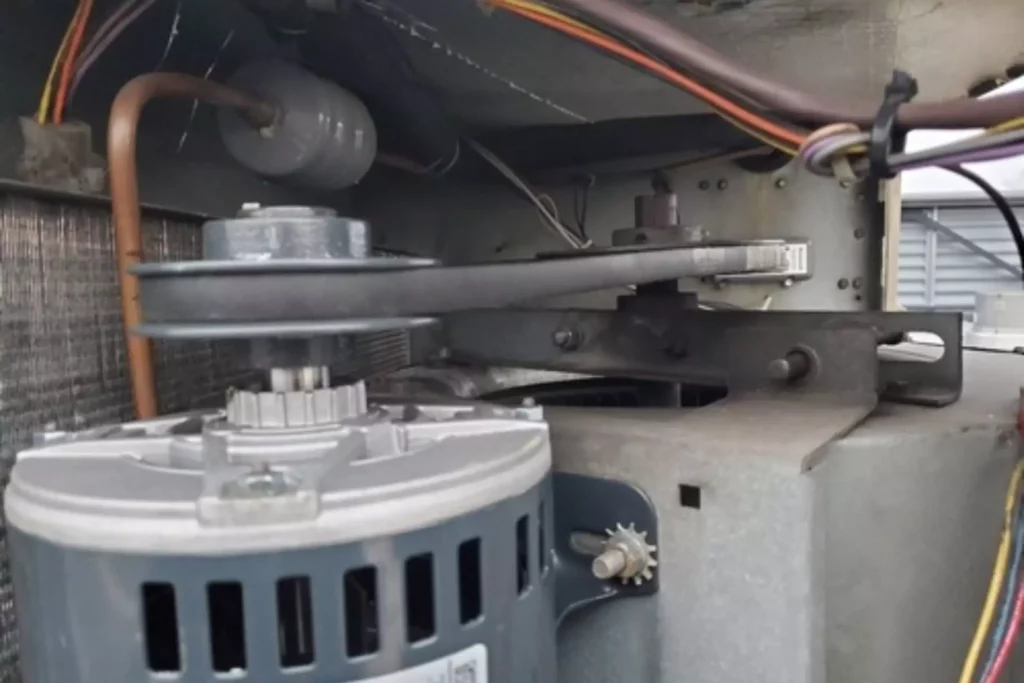

At the original installation, all HVAC equipment comes with the electric motors already installed.
The OEM purchases motors from manufacturers you likely know to use in the design and build of their HVAC systems.
We know that electric motors are most often the reason an HVAC system is operating poorly or not at all.
But that doesn’t mean you have to replace the whole system. You only need to find the OEM replacement for the motor.

You purchased the HVAC system from them, why wouldn’t you go back to the original equipment manufacturer (OEM) for your motor replacement?
There are a few reasons why you would choose to purchase your motor replacement elsewhere.
the OEM purchases the motor directly from the manufacturer.
They then mark up the price to ensure that they also make money on the sale.
You can save money by skipping the OEM of the HVAC equipment and going directly to the manufacturer or supplier of the motor.
By going directly to the motor supplier, you can save time by selecting a motor that is available asap.
If the OEM of the HVAC system doesn’t have availability, they’ll need to order the motor before sending it on to you.
In most cases, you should be able to find a replacement motor that can be shipped or picked up that day.
You or your client may have a preferred electric motor brand and choose to have brand consistency across all stock.
This isn’t necessarily about one brand being better than the other. It’s about decreasing your spare inventory.
When you select one brand to work with, you no longer need to keep as many spares on hand for replacements.

How do you find the same motor but from a different brand?
Here are two simple ways to cross-reference your OEM motor to find direct replacements.
The simplest, quickest, and most accurate way to cross-reference your OEM electric motor is by using the motor manufacturer’s model number.
You’ll most often find the model number on the motor’s nameplate.
Remember, though, that many motor nameplates have a few different identifying numbers.
HVAC system manufacturers might put their identifying numbers on the nameplate along with the motor manufacturer’s catalog and model numbers.
Ensure that the number you use to cross-reference is the motor manufacturer’s model number.
Once you find the number, you can provide it to your supplier or use an online cross-reference tool to find the motor’s direct replacements.
Can’t find the motor’s model number?
You can match motor specifications instead.
Gathering a few pieces of information, like electrical ratings and physical dimensions, will help you find the right replacement.
Makes sure to collect as much information as possible and that you record the information correctly.
One small error could have you ordering a motor that is completely wrong for the job at hand.
– If you can’t find this on the nameplate, record the length and diameter of both the motor body and the shaft(s).
Once you have collected all of the important information on the old motor, you can provide it to your supplier or use an online cross-reference tool to find the motor’s direct replacements.
Check out this podcast discussing the operation of a few motors used in the HVAC industry.
Cross-referencing your OEM electric motor isn’t as complicated as some might think.
One simple identifying number might be all you need.
And if you can’t find the motor’s model number, all the information you need to find the correct replacement is found right on the motor itself.
When replacing a belted motor, setting and checking belt tension is a good idea. This video explains how to use a belt tensioning tool.